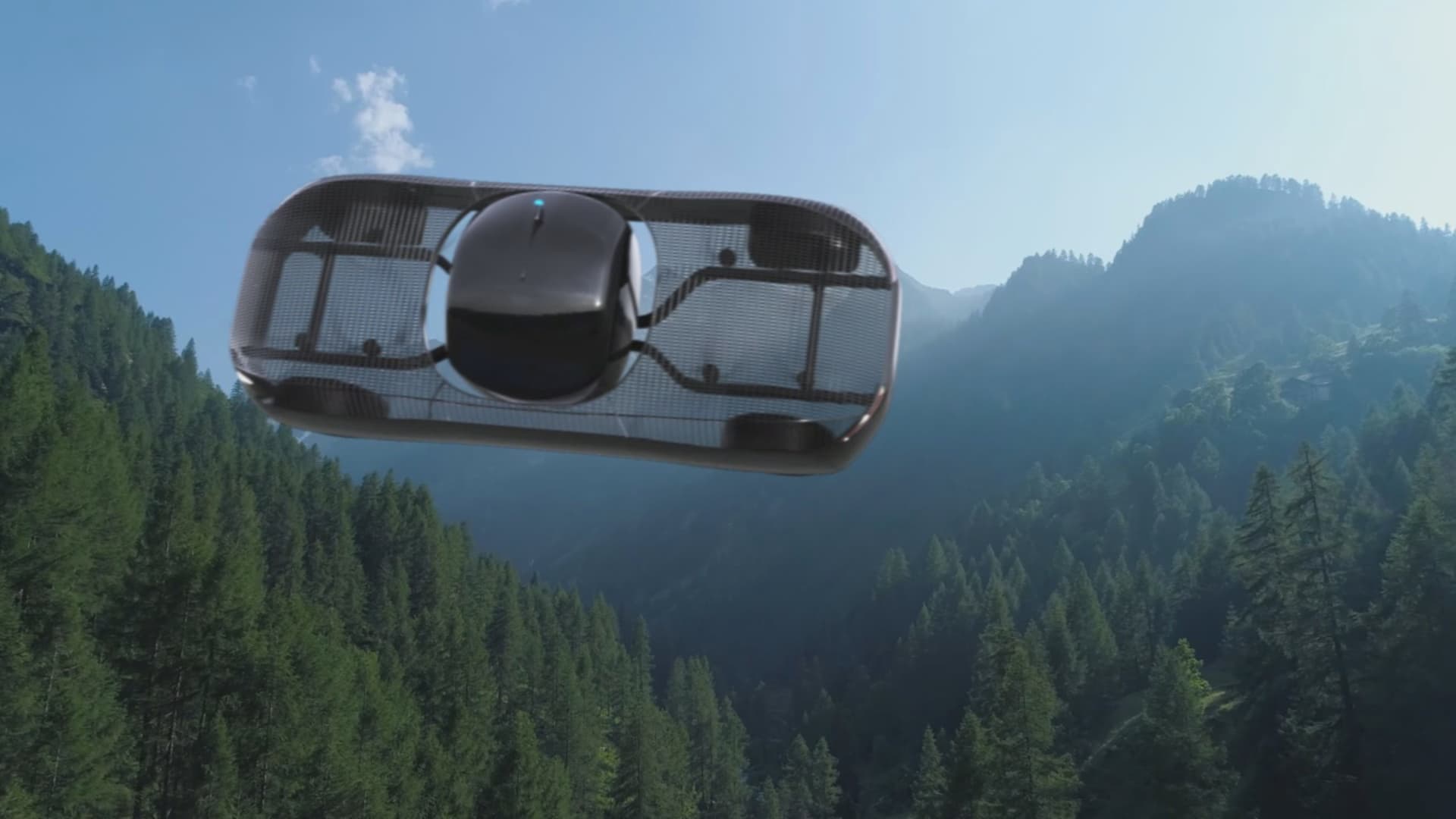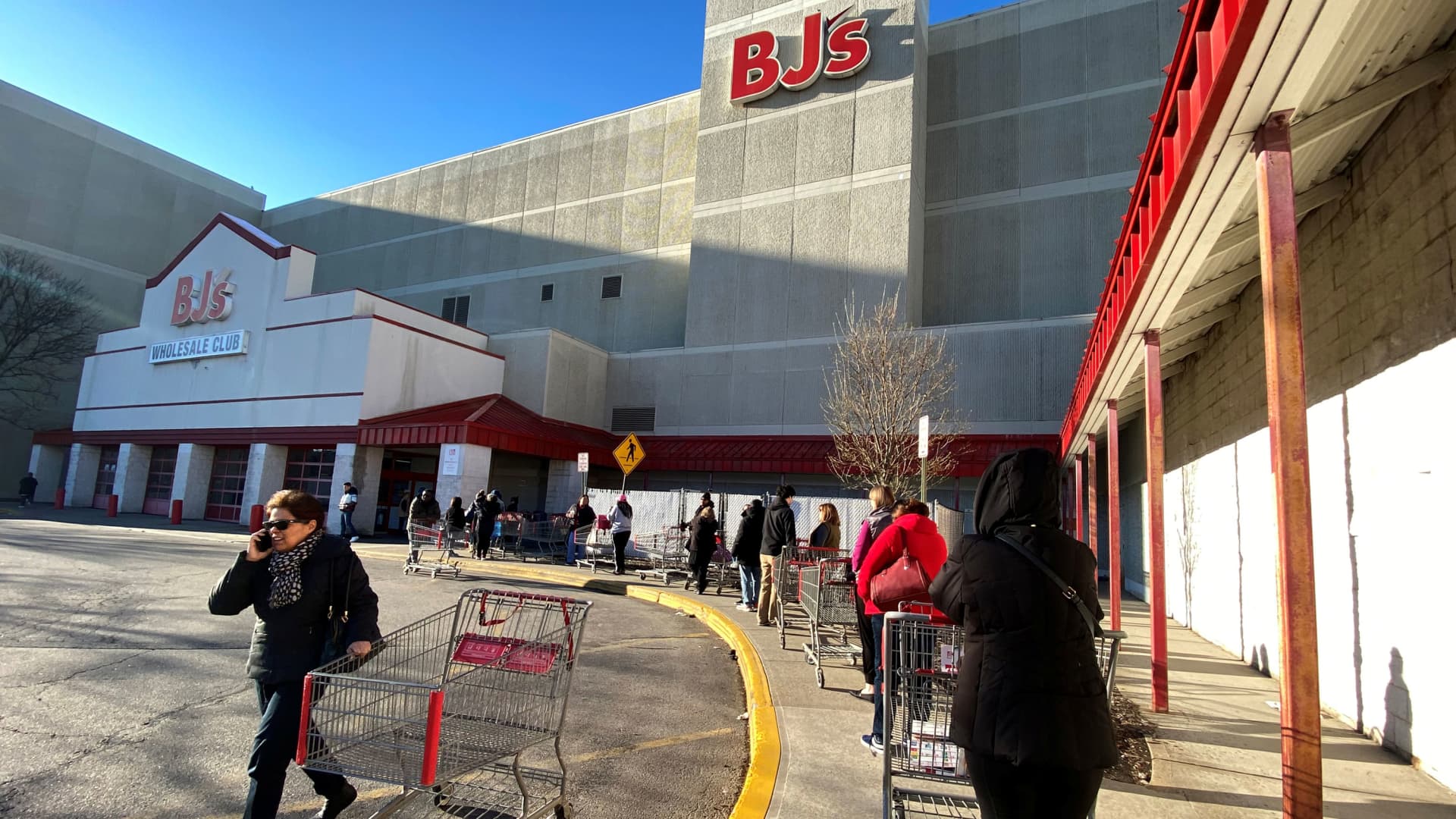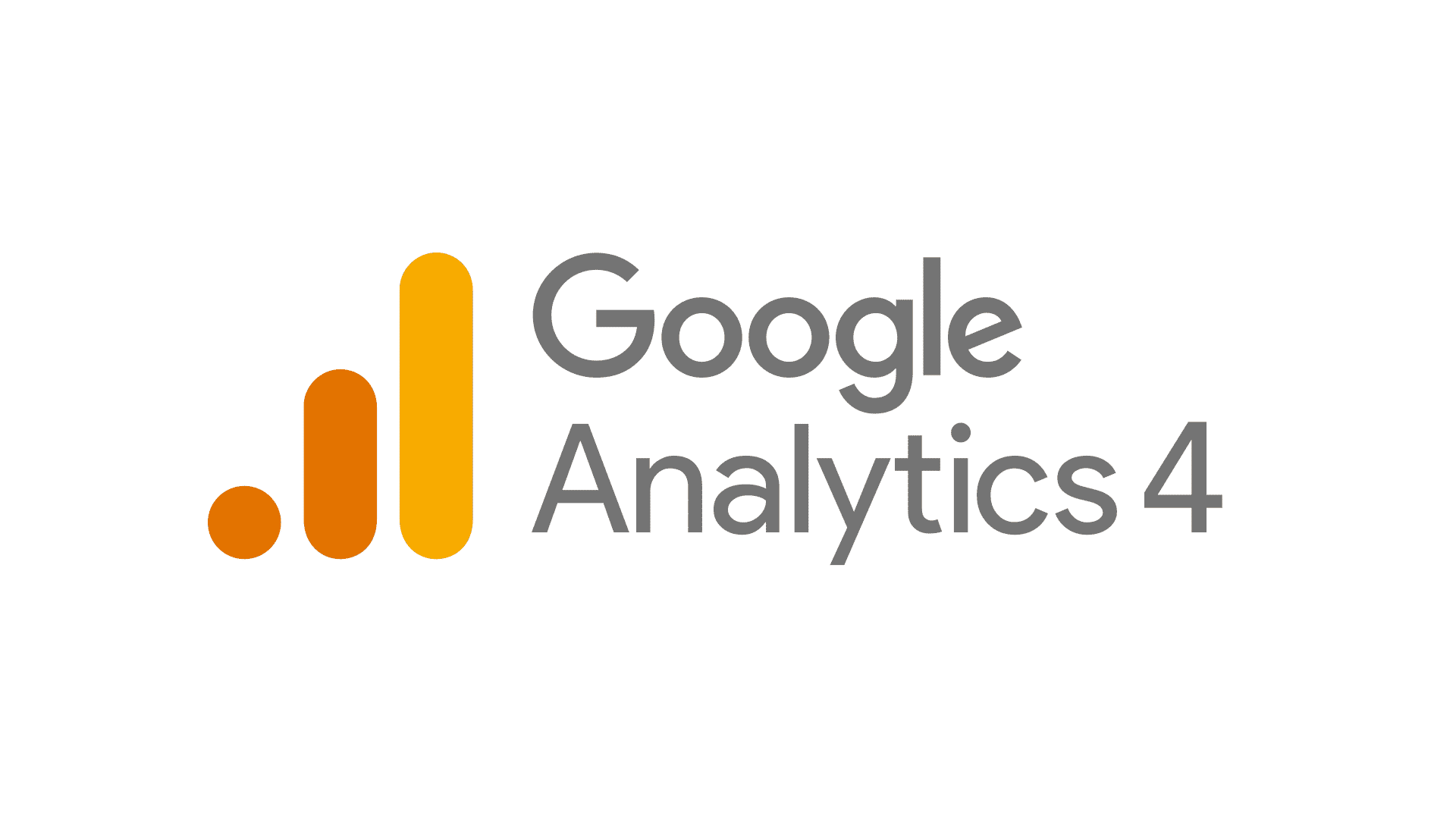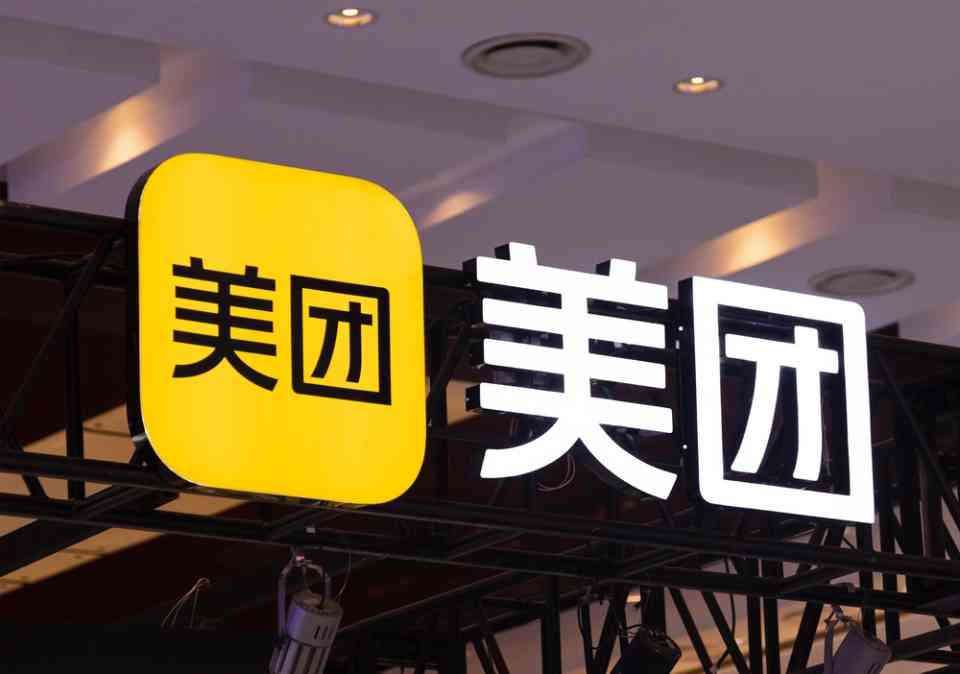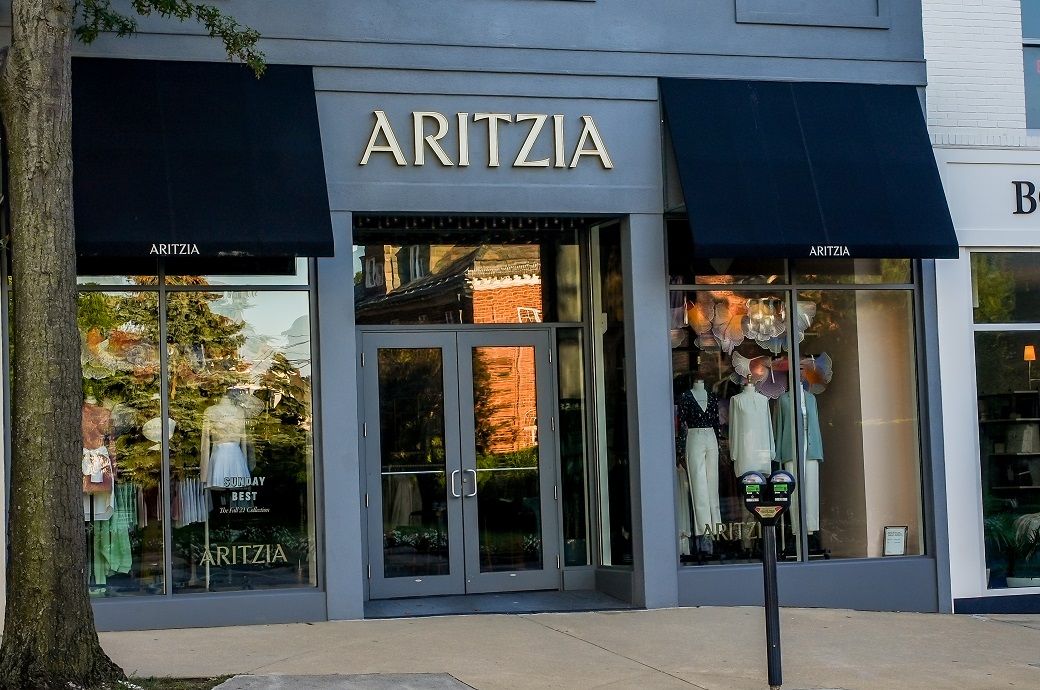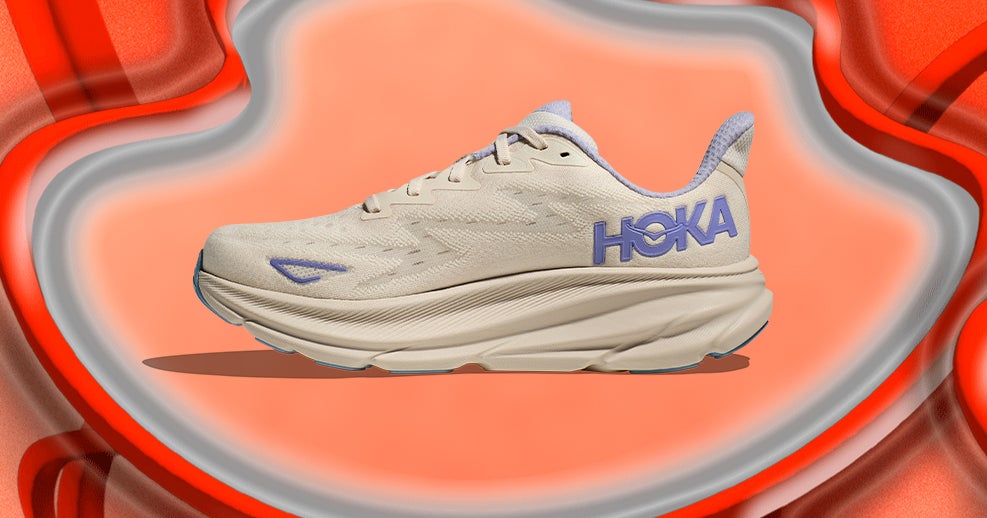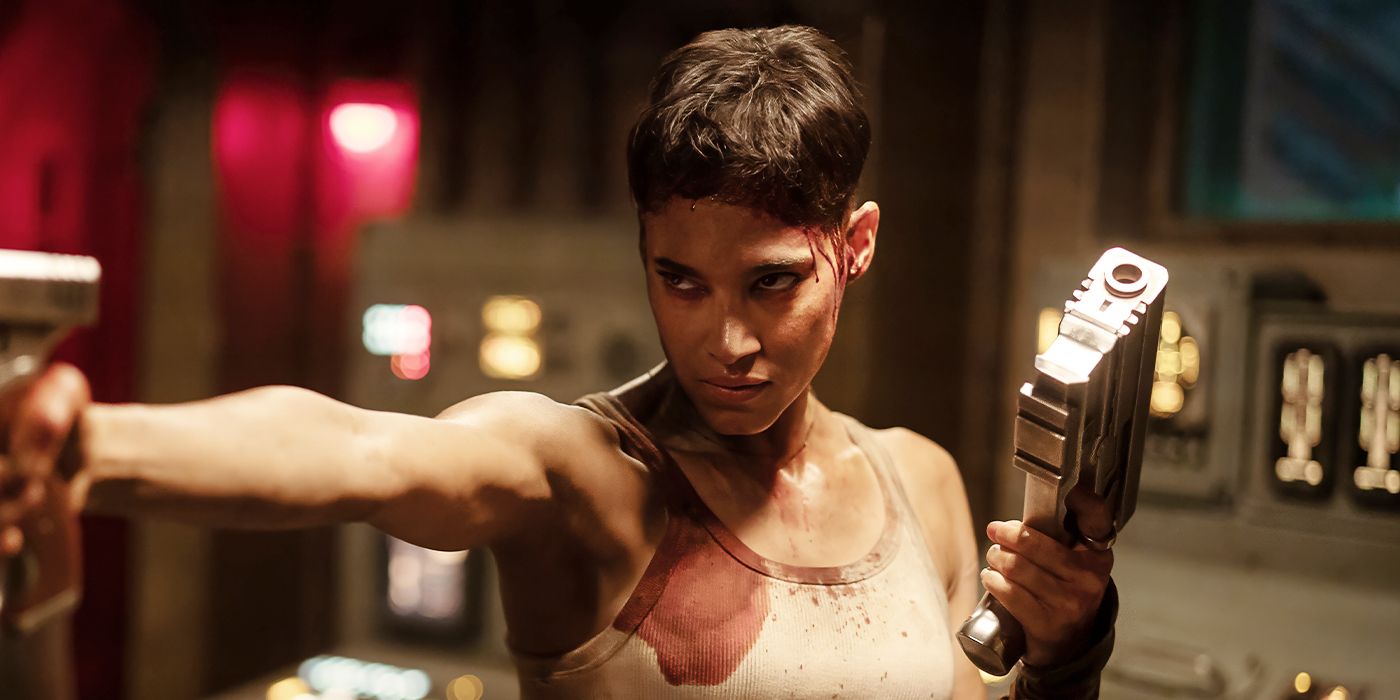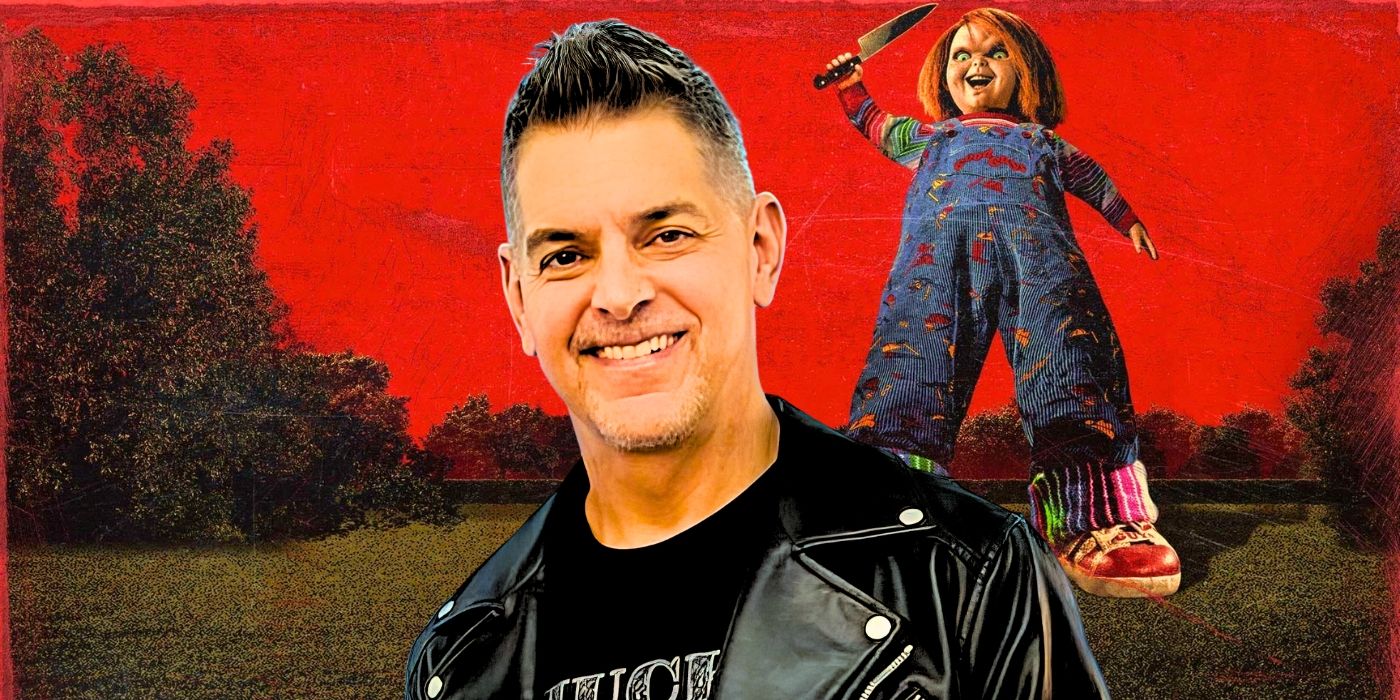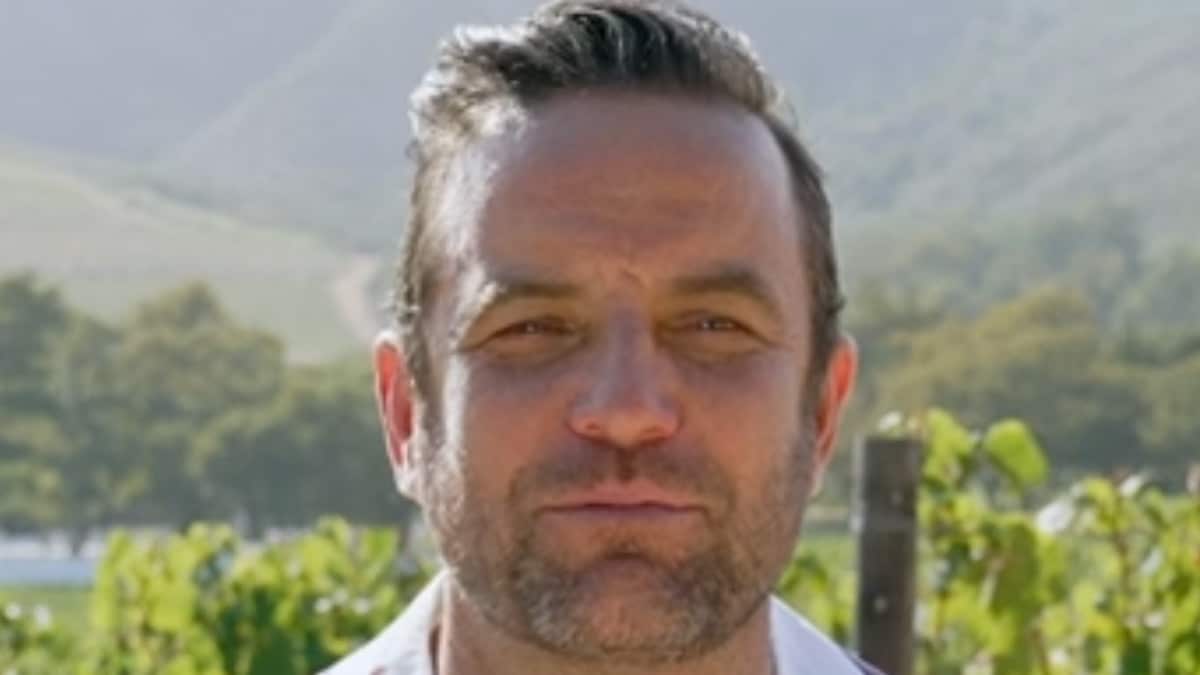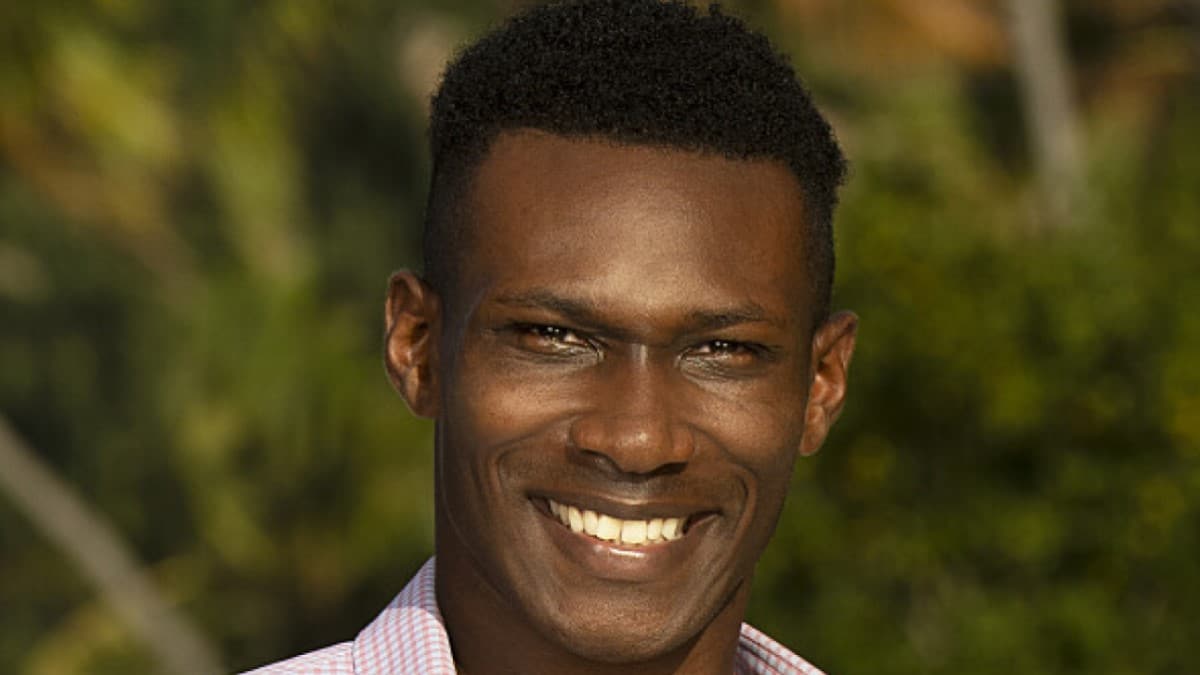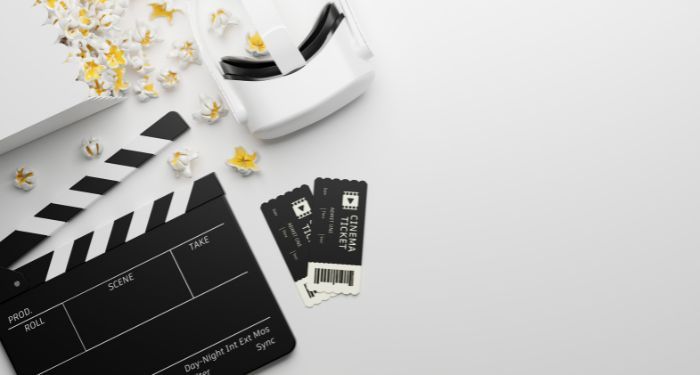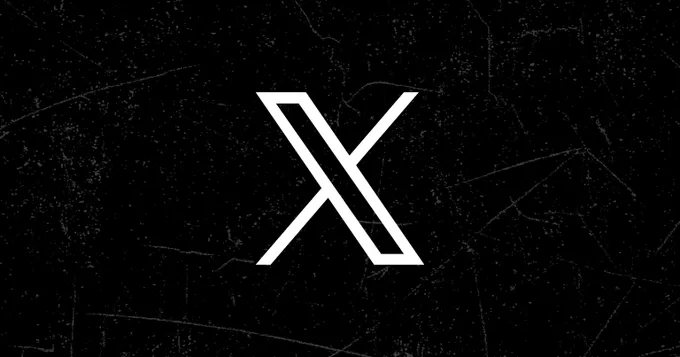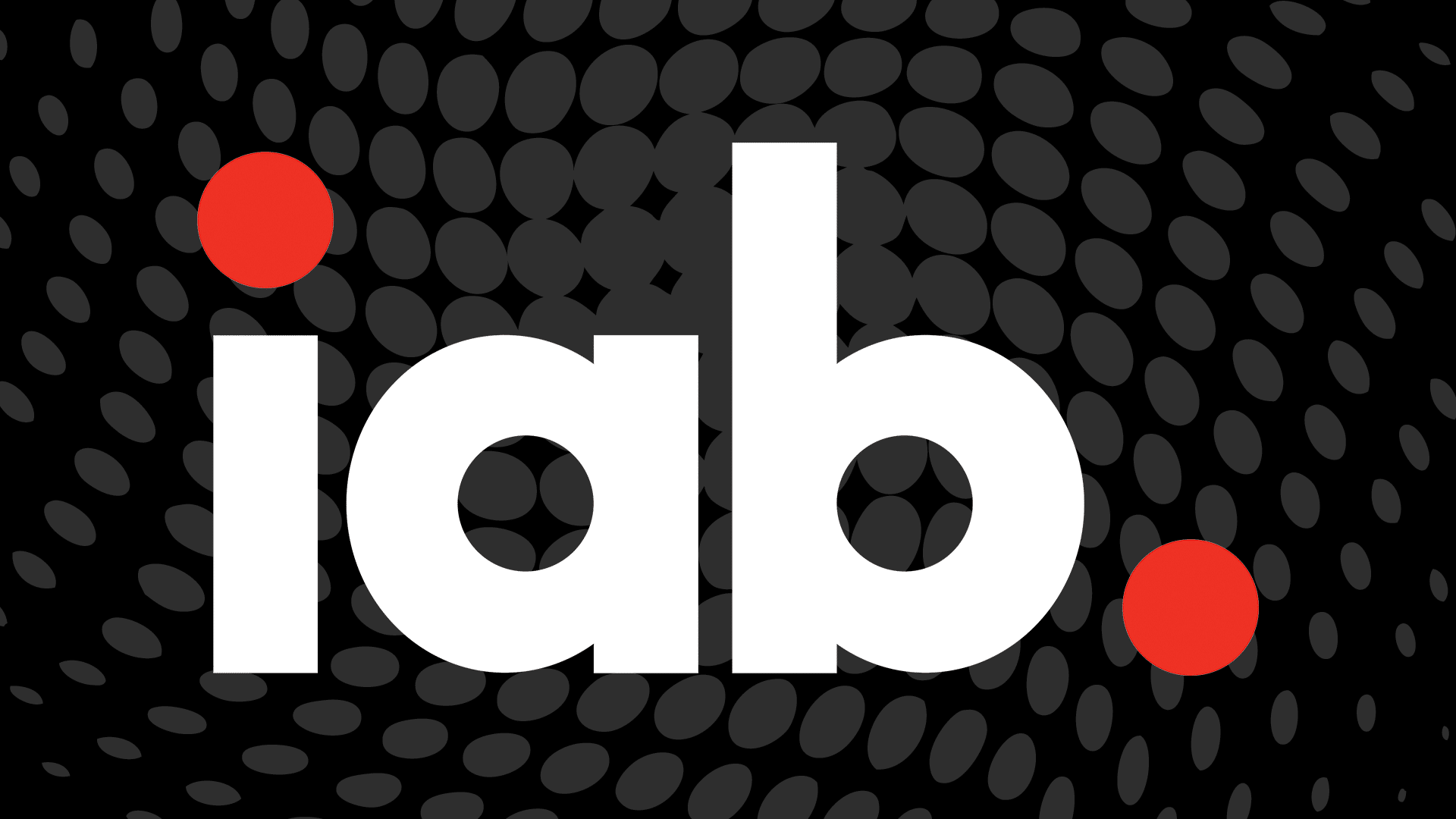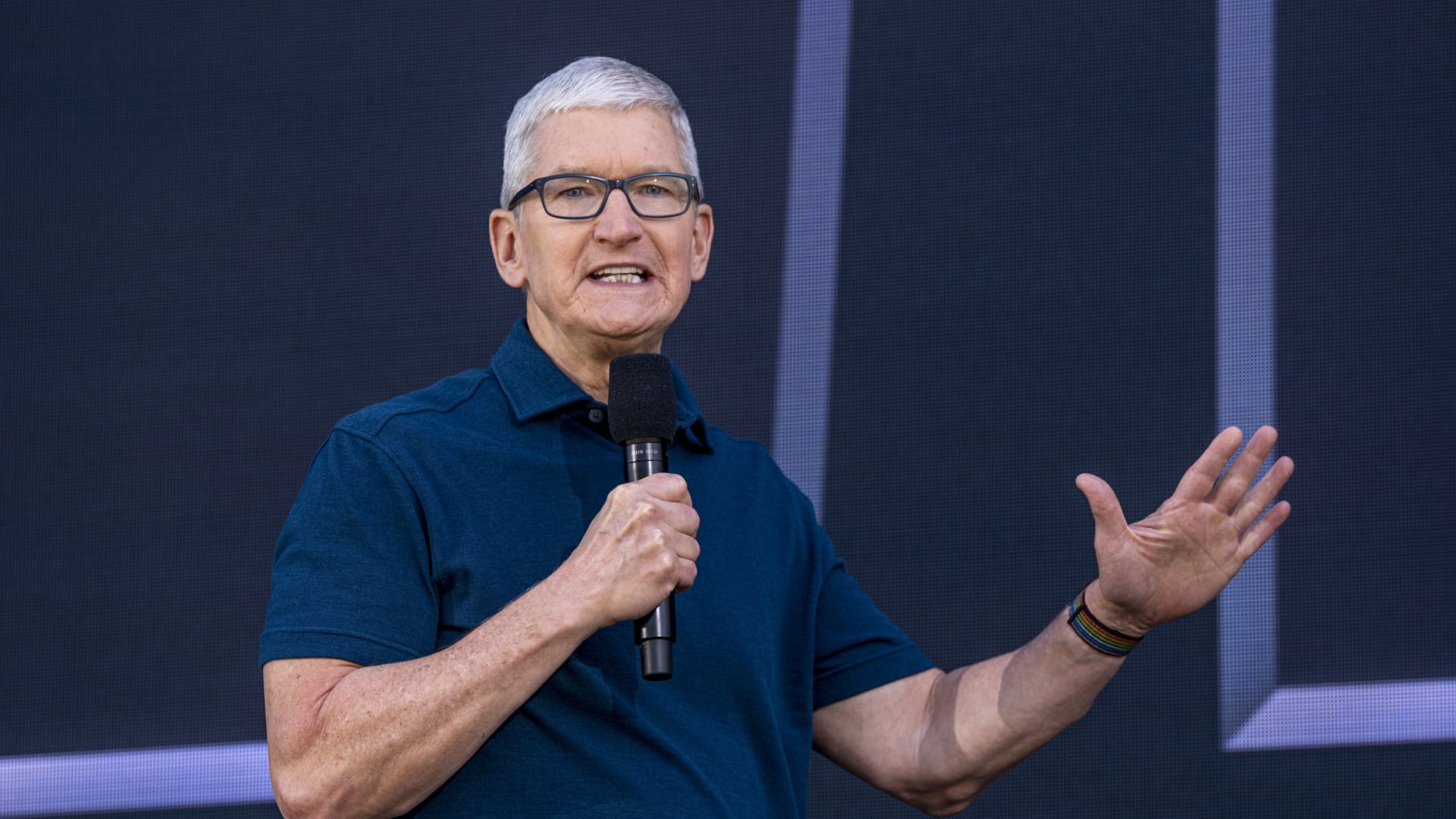By now, American consumers have gotten used to the idea of smart homes that are run by a domestic IoT system that connects and orchestrates everything from temperature settings to refrigerator functions to robotic-vacuum cleaner routes. Guardhat has created a system for industrial settings that serves much the same purpose: putting all the humans involved on the same page of awareness and control.
The Detroit-based company is a pioneer in providing end-to-end connected communications with workers in high-risk industries and other manufacturing environments, feeding communications from wearables into its monitoring software that, in turn, is often plugged into corporate ERP systems. The idea is to provide a complete picture of how workers are interfacing with the various risks and requirements in manufacturing, processing and service functions and to enable real-time responses when things need tweaking — or worse.

“Workers may be carrying gas detectors that give their location and biometrics, maybe in hazardous locations,” Guardhat CEO Saikat Day told Chief Executive. “But the wearables are all being manufactured by different manufacturers. And though they may be smart and connected, there’s been no consolidated way to understand what’s going on with that worker without looking at five or six different screens.
“We take all those disparate wearables that are on or around workers’ bodies and give a consolidated integrated view, and the information to make decisions. The applications can be as diverse as preventing people from getting into zones where there are hazardous gases to offering support to [auto] repair through smart glasses, or doing automated time and attendance so people don’t have to punch in or punch out.”
Guardhat’s risk-mitigating ecosystem also can come in handy because labor-starved companies may have to deploy workers into industrial environments who aren’t as well trained or as skilled as their predecessors. “Many manufacturers were used to having folks with 15- to 30-year tenures, but now the average might be four years, and these workers are being asked to do more things,” said Sarah Kalhorn, Guardhat’s CMO. “And they’re often being asked to do more with less time to learn it.”
Yet Dey believes manufacturers, utilities and other employers of blue-collar labor “won’t be able to replace human beings as much as we think we can. You can definitely make human beings more effective and efficient and take away the more mundane element of work with automation, but you can never replace real human intellect and training. Our job is to basically enable human beings to be better versions of themselves.”
A number of device and software partners have agreed with Guardhat’s premise, integrating their platforms with Guardhat’s, including Siemens, IBM, AWS, Cisco and Hewlett Packard Enterprise. Customers so far have included 3M, Caterpillar, Westinghouse and Barton Malow, a large construction company. The most fertile industries for Guardhat sales so far have included mining, shipbuilding, energy extraction, auto manufacturing and pharmaceutical processing.
Guardhat has become a mid-market enterprise after just a few years in existence by refining its unique offering. Originally, Kalhorn explained, Guardhat focused on marketing and selling actual helmets that were outfitted with the sensors and communication devices that could make it the nexus of an entire industrial monitoring system. But in part because of supply-chain difficulties that made it difficult to get all the components necessary to putting the helmets together, Guardhat has shifted its strategy to emphasizing its software platform that is capable of working with a wide variety of wearables.
“Now,” said Dey, also a co-founder of Guardhat, “we think about our helmet as one more extension of the wearables that we have in our portfolio.”
The post How One Company Helps Make The Industrial World Safer For Workers appeared first on ChiefExecutive.net.



